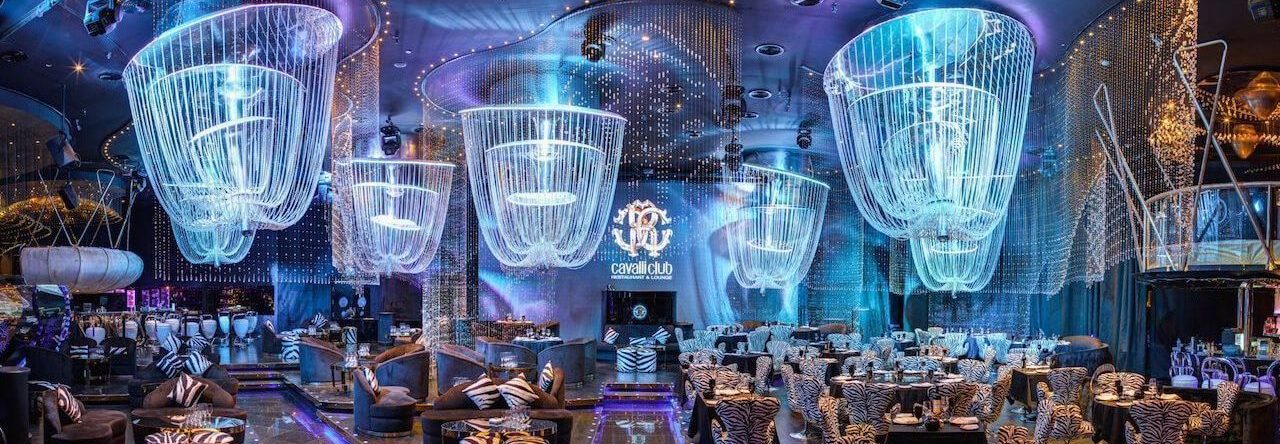Managing a clothing store can be a challenging task, but with the right technology, it becomes much easier. In this article, we’ll explore how technology can revolutionize the way you run your clothing store. From inventory management to customer engagement, technology offers solutions that can streamline your operations and boost your business.

In a world where self-care is increasingly prioritized, it’s essential to explore all avenues for maintaining our physical and mental well-being. While diet, exercise, and mindfulness practices are commonly advocated, one aspect of health often overlooked is sexual activity. Yes, you read that right. Engaging in regular sexual activity can bring about a myriad of health benefits that might surprise you. From boosting your immune system to improving heart health, here are five compelling reasons why you should consider incorporating more intimacy into your life.

In a world where health-conscious choices are becoming increasingly prevalent, the intersection of gourmet cuisine and wholesome ingredients and greens has created a culinary revolution. Embracing a healthy lifestyle no longer means compromising on taste; instead, it opens up a realm of possibilities to indulge in gourmet food that is both exquisite and nourishing. Let’s explore some gourmet food ideas that harness the goodness of healthy products, offering a delectable fusion of flavor and nutrition.

Social media has revolutionized the way people connect and share information, making it an invaluable tool for various professions, including private investigators. These professionals often rely on social media platforms to gather critical information, uncover leads, and solve cases efficiently. Here are the top five benefits of using social media for private investigators:
Access to a Wealth of Information

In today’s fast-paced digital world, social media platforms have become essential tools for businesses to connect with their target audience. Among these platforms, TikTok has emerged as a powerful tool for businesses looking to promote their socially responsible initiatives. With its massive user base and engaging content, TikTok provides a unique opportunity to showcase your company’s commitment to social responsibility. Here are some effective ways to promote your socially responsible business on TikTok:

Your wardrobe is more than just a collection of clothes; it’s a reflection of your personality, style, and individuality. Adding character to your wardrobe can elevate your fashion game and help you stand out with confidence. By incorporating various approaches, you can transform your clothing collection into a unique and expressive representation of yourself. Here are some effective strategies to consider:

Personal injury lawyers are legal professionals who specialize in representing individuals who have been injured physically or emotionally as a result of the negligence, carelessness, or intentional actions of others. They work tirelessly to ensure that their clients receive the compensation they deserve for their pain, suffering, and financial losses. The duties of a personal injury lawyer include:
Investigating the Case
Menopause is a natural transition in a woman’s life that occurs when the body gradually stops producing the hormones estrogen and progesterone. As a result, many women experience physical and emotional changes, including hot flashes, mood swings, and vaginal dryness. While menopause is a natural part of aging, it can still be challenging to navigate. Fortunately, there are several ways that a woman can get prepared for menopause and ease the transition.

Want to get your brand seen on social media but find it difficult? In today’s digital world, having a strong and successful presence on platforms like Instagram is essential. But where do you start? Having an online presence and engaging with your desired audiences is a great way to grow your brand and create a loyal customer base. With hundreds of millions of users using Instagram every day, it’s an ideal place to reach potential customers.
Do you have any idea what you are putting into your body? Labels on food labels can be deceptive and leave many people confused as to what is actually in the food they’re consuming. What most of us are looking for when it comes to our diets is real, whole foods with no additives or added ingredients. Real food provides healthy nutrients that nourish and support your body. Contrary to fad diets that limit certain foods, eating real food offers a variety of fruits, vegetables, whole grains, and proteins that can create culinary masterpieces while providing essential nutrition. Natural sources of vitamins, minerals, antioxidants, and phytochemicals are found only in real foods because they lack fillers or preservatives that occur in processed or manufactured meals.

